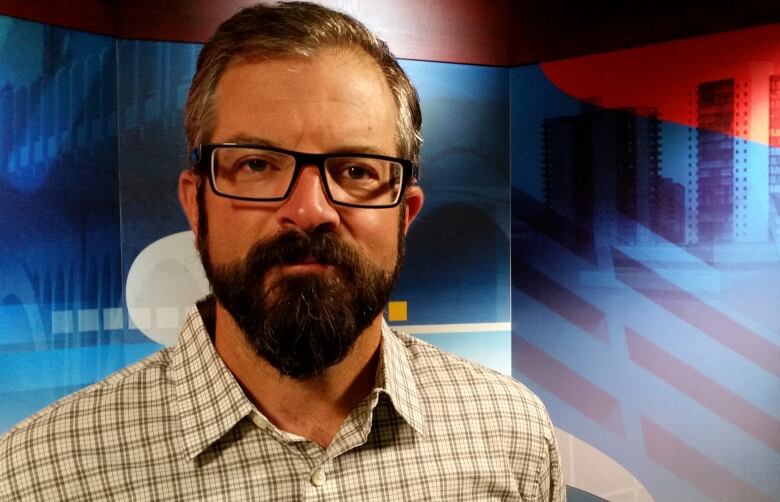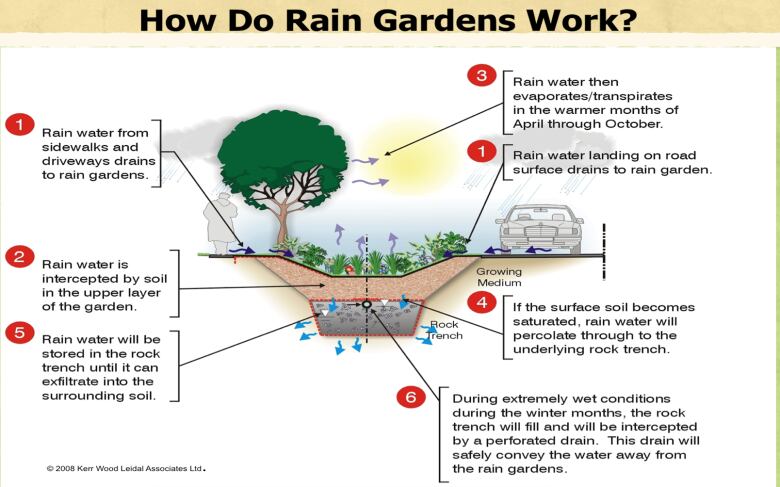Company eyes Saskatoon for 'green' suburban neighbourhood
Neighbourhood would be Canada's largest sustainable suburban development

A Vancouver-based developer wants to build Canada's largest sustainable suburban neighbourhood in Saskatoon.
"There is nothing of this size that's been done," said Jeff Drexel of Arbutus Properties.
Arbutus Properties is pitching Solair, a so-called "green" neighbourhood that could see some 7,000 people living in homes, town homes and condos, to city hall in Saskatoon.
There are things you can do to be better.- Alan Wallace, former Director of Planning and Development for Saskatoon
"The whole community will be fed by solar," Drexel said.
"We think it's the future. We think solar panels have evolved to the stage where they can be the primary source of energy and we think that given what's happening in the world we need to be environmentally conscious of how we develop subdivisions."

Green sprawl
Alan Wallace, the former director of planning and development in Saskatoon, said it is possible for a suburb on the outskirts of the city to be "green," despite concerns from some people about urban sprawl.
This is trying to limit the environmental footprint.- Jeff Drexel, Arbutus Properties
"There are things you can do to be better, to make suburban locations better," said Wallace.
In the Arbutus plan, Wallace sees a desire to do just that.
Wallace, now a senior planning consultant, suggests that the responsibility for stronger infill development and higher density rests with cities, which make such work more difficult than it needs to be. Wallace said developers want less red tape.
"If they made the process easier and streamlined it, that's far more valuable for themthan an incentive, and I think until that happens we are not going to see anywhere close to 50 per cent infill development."
Drexel understands the critical gaze, but said that "cities are constantly expanding, they do need to expand and so this is trying to limit the environmental footprint."
If the Solair idea moves forward, Arbutus would own the solar panels and would act as a utility, charging the residents for power.

Solar is just the beginning
Beyond solar energy, Arbutus is also proposing measures like rain gardens, a system of soaking up and capturing storm water instead of sending it out through a storm sewer system.
"It hasn't been done to scale," Drexel said. "But there have definitely been trials all across the country where they've been able to achieve it and it has worked."
Solair would be built to encourage people to walk more, work locally and use transit.
"We think there is demand," Drexel said.
"We see this as being a natural progression and not necessarily a new community that's going to fit outside of the scheme of development."
The company suggested the new neighbourhood would represent a $1-billioninvestment. If approved by city hall, Arbutus would like to begin construction in about three years.
with files from Saskatoon Morning












_(720p).jpg)


 OFFICIAL HD MUSIC VIDEO.jpg)
.jpg)



























































































